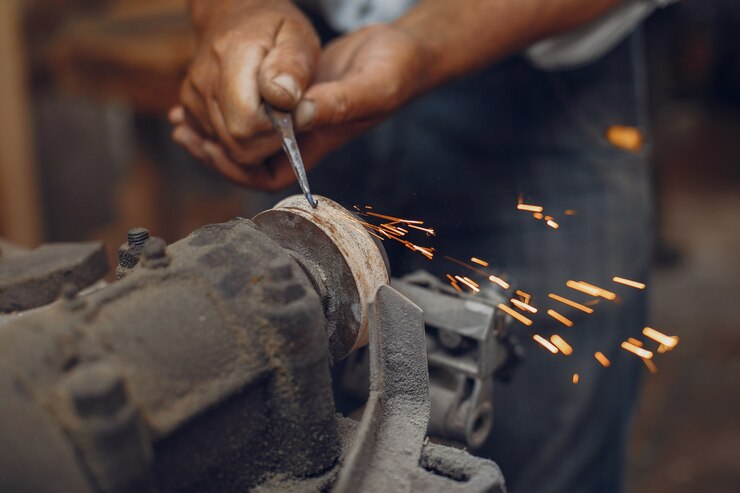Die casting is a highly efficient manufacturing process, but optimizing costs is crucial for maintaining profitability. This section explores key strategies for reducing expenses in die casting mold processes.Optimizing die casting processes is crucial for maintaining profitability in today’s competitive manufacturing landscape. By implementing strategic cost-reduction measures, manufacturers can enhance efficiency, reduce waste, and improve overall operational performance.
This comprehensive guide explores key areas for cost savings, including plastic mold design, material selection, process optimization, and supply chain management. By applying these strategies, die casting businesses can achieve substantial cost reductions while maintaining product quality and meeting customer demands.
Mold Design and Manufacturing
Design for Manufacturability (DFM): Ensuring the part design is compatible with die casting to minimize mold complexity and cost.
Mold Material Selection: Choosing cost-effective die casting mold materials without compromising performance.
Standardized Components: Utilizing standardized mold components to reduce design and manufacturing time.
Mold Life Optimization: Implementing proper maintenance and repair to extend mold life.
Material Selection and Handling
Alloy Optimization: Selecting the most cost-effective alloy that meets part requirements.
Material Recycling: Implementing processes to recycle scrap metal and reduce material costs.
Inventory Management: Optimizing material inventory to avoid stockouts and excess costs.
Process Optimization
Machine Utilization: Maximizing machine uptime through efficient scheduling and maintenance.
Energy Efficiency: Implementing energy-saving measures in the die casting process.
Waste Reduction: Minimizing scrap and rework through process improvements.
Automation: Incorporating automation to reduce labor costs and improve efficiency.
Post-Processing and Finishing
Minimizing Secondary Operations: Designing parts to reduce the need for post-casting machining or finishing.
Efficient Finishing Processes: Optimizing finishing operations to minimize costs and time.
Surface Treatments: Selecting cost-effective surface treatments that meet part requirements.
Supply Chain Management
Supplier Optimization: Selecting suppliers with competitive pricing and reliable delivery.
Cost Negotiation: Negotiating favorable terms with suppliers to reduce material and component costs.
By implementing these strategies, die casting manufacturers can significantly reduce costs while maintaining product quality and meeting customer demands.
Would you like to delve deeper into a specific cost-reduction strategy or explore case studies of successful implementations?
Case Studies in Cost Reduction
To illustrate the practical application of cost-reduction strategies, consider the following case studies:
Case Study 1: Mold Design Optimization
A manufacturer of automotive engine components implemented a comprehensive mold design review, identifying opportunities to reduce the number of cavities and simplify cooling channels. This resulted in a 15% reduction in mold cost and improved cycle times.
Case Study 2: Material Recycling
A die casting company established a scrap metal recycling program, recovering and remelting scrap aluminum to reduce raw material costs by 10%.
Case Study 3: Process Optimization
Through lean manufacturing initiatives, a die casting plant identified and eliminated waste in the production process, leading to a 20% reduction in cycle time and improved overall equipment effectiveness (OEE).
These case studies demonstrate the potential cost savings achievable through focused efforts on mold design, material management, and process optimization.
Conclusion
Implementing cost-reduction strategies in die casting mold processes is essential for maintaining profitability and competitiveness. By optimizing mold design, material selection, and production processes, manufacturers can achieve significant savings without compromising product quality.
Continuous evaluation and improvement are key to realizing the full potential of cost-reduction initiatives. By embracing a data-driven approach and focusing on key performance indicators, die casting companies can unlock cost-saving opportunities and drive long-term success.
Have A Look :-
- Is Capio Partners Legit?
- Where Is Costco Opening New Stores In 2024?
- Emergency Solutions for Mac Users: What to Do When Your System Crashes

